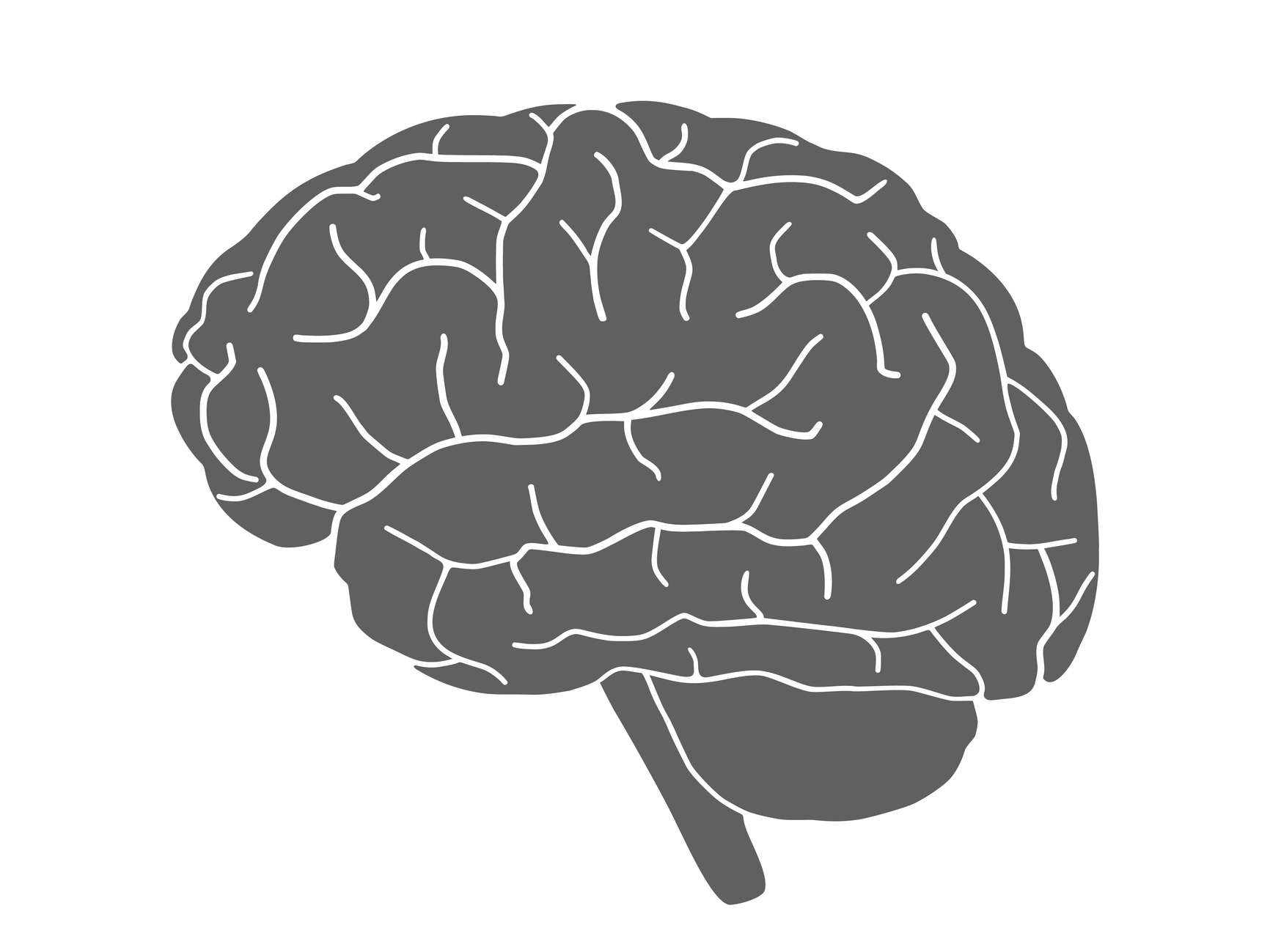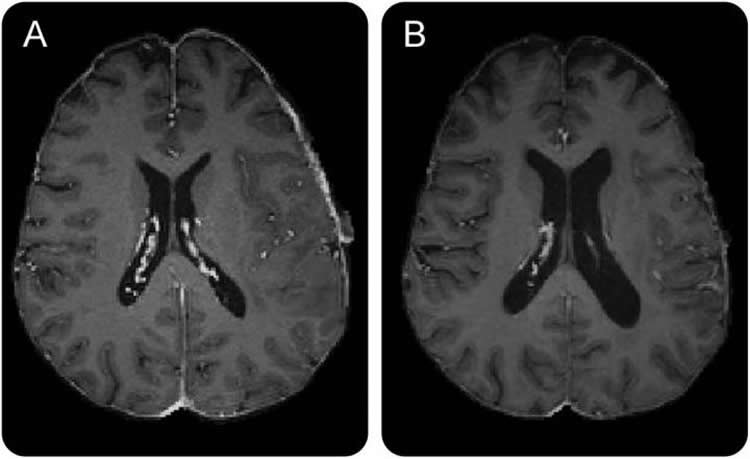
This suggests that the morphological changes that occur in women’s brains due to pregnancy do not have adverse cognitive effects. They found no significant differences between the two groups either before or after pregnancy. To look at any effects that might coincide with these brain changes, the researchers tested the cognitive performance of the new mothers and the childless controls, both before and after pregnancy. In support of this idea, the authors found that the gray matter reduction is located in several of the brain regions that had the strongest activation response to women’s babies when the mothers were subjected to a postpartum fMRI task. This specialization helps prepare them to interpret the needs of their soon-to-be-born children. The researchers speculate that the reduction in gray matter may occur because the female brain is experiencing a specialization of the neural network supporting social interaction during pregnancy. This network also processes internal emotional states. The theory-of-mind network in the brain is thought to allow humans to understand what other people might be thinking or feeling. In fact, the pattern of areas affected showed similarity to the “theory-of-mind” neural network. The study showed that these post-pregnancy reductions occurred throughout “association” areas of the brain, which are known to play key roles in social processes.

The pregnant brain may possibly be undergoing a similar process, though researchers need more information to understand what’s going on. Extensive pruning normally occurs during adolescence, another period of considerable physiological change.


This reduction could be a part of a natural process known as “pruning,” in which the brain increases its efficiency by removing neurons or neuronal networks that it doesn’t need. Though some previous studies have shown that people with more gray matter have better memories and higher happiness, the reduction of gray matter isn’t necessarily a bad thing. The effects of reduced gray matter are unclear. It's distinct from white matter, which is largely composed of the thread-like axons that nerves use to communicate with each other. In the brain, gray matter is differentiated from white matter because it is densely populated with neuron cell bodies, which cause its gray color. These findings were so significant that, just by looking at the brain scans, the researchers could tell which women had been pregnant and which had not. The brains of the soon-to-be-moms and the controls showed no differences at baseline.Īfter pregnancy, however, a strong difference in brain structure emerged between the two groups: women who had been pregnant showed significant reductions in gray matter that persisted for up to two years post-pregnancy. Researchers took MRI scans of the mothers both before and after their pregnancy, allowing each woman’s pre-pregnancy brain scan to act as a baseline for understanding her post-pregnancy scan. This is real evidence that there is a distinct “pregnancy brain." But there's no indication that these changes cause any of the forgetfulness popularly ascribed to pregnant women.įor this study, researchers looked at first-time mothers and used women who had never had children as a control group. But little is known about the effects of pregnancy on the brain, though some previous studies suggested changes to regions associated with emotional regulation.īut a recent study in Nature Neuroscience presents striking findings that pregnancy induces substantial changes in brain structure.

Pregnancy is known to cause permanent physical changes, including hormonal changes and transformations to reproductive and abdominal tissues.


 0 kommentar(er)
0 kommentar(er)
